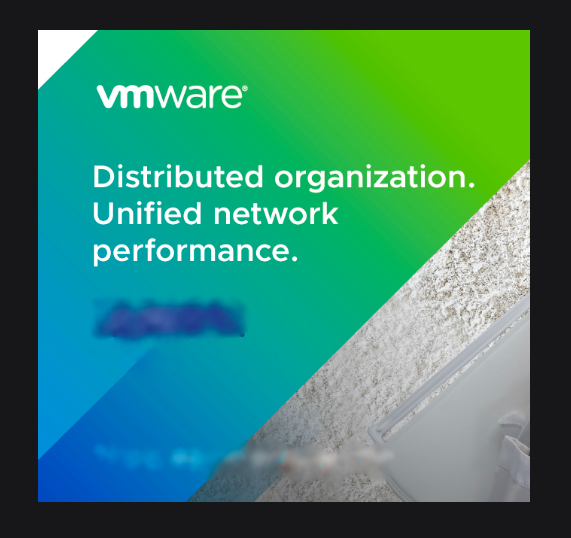Bengaluru, NFAPost: VMware has announced to centralise the security controls its customers now need, saying legacy networking and security approaches lack the automation, cloud scale, and intrinsic security needed to connect and protect apps, data, and users that are globally distributed.
Commenting on the development, VMware Vice President for advanced technology group Chris Wolf said this idea is key to the company’s new VMware Future-Ready Workforce solutions.
“It provides exceptional workforce experiences, end-to-end zero trust security controls, and simplified management. The VMware SASE platform, the company explains, is a cloud-first offering that “delivers application quality assurance, intrinsic security, and operational simplicity, and is ideal for organisations that are supporting a work from anywhere workforce,” said VMware Vice President for advanced technology group Chris Wolf.
Networking
VMware Vice President for advanced technology group Chris Wolf said legacy networking and security approaches lack the cloud scale and intrinsic security required to connect and protect apps, data, and users across a global business fabric.
“This leads to the accelerated adoption of SD-WAN and the emergence of Secure Access Services Edge (SASE),” said VMware Vice President for advanced technology group Chris Wolf.
The VMware SASE platform combines SD-WAN with cloud-delivered security. VMware is adding Secure Web Gateway, Cloud Access Service Broker, and expanded zero trust network access capabilities to the VMware SASE platform. Under the SASE offering, VMware has expanded its global network to over 2,700 cloud service nodes across 130 points of presence.
The company also announcing VMware Edge Network Intelligence, which is based on technology acquired from Nyansa that uses machine learning-based predictive analysis, actionable intelligence, and proactive remediation. Meanwhile, VMware vRealize Network Insight 6.0 improves VMware SD-WAN visibility. The Dell EMC SD-WAN solution powered by VMware has also been expanded to include built-in LTE to support mobile clinics or temporary sites, as well as higher reliability for work from home.
Cloud-hosted offering
VMware Secure Access, a zero trust network access service that combines VMware Workspace ONE and VMware SD-WAN into the one cloud-hosted offering, is touted by the company as enabling more secure, optimised, and high-performance access for remote and mobile users.
The new VMware Cloud Web Security service will integrate Menlo Security’s secure web gateway, cloud access service broker, and remote browser isolation capabilities natively into the VMware SASE solution.
While the company’s VMware NSX firewall will be integrated into the VMware SASE platform for “cloud-delivered firewall as a service” in both single-tenanted and multi-tenanted deployment options.
Workspace security
Building on its Workspace ONE and Workspace Security offerings, VMware has also announced VMware Workspace Security Remote and VMware Workspace Security VDI. Workspace Security Remote combines unified endpoint management (UEM), endpoint security, and remote IT support into an integrated solution for protecting Mac and Windows 10 devices. Workspace Security VDI, meanwhile, integrates VMware Horizon and VMware Carbon Black Cloud with the goal of helping deliver highly secure virtual desktops and applications.
VMware Workspace Security Remote and VMware Workspace Security VDI are already available; VMware Edge Network Intelligence is expected to be available by the end of October; BYOD capabilities for VMware Secure Access are expected to be available by the end of January 2021; VMware Cloud Web Security is expected to be available from around February, and NSX Firewall as a Service for the VMware SASE Platform is expected to be available next year.
VMware Carbon Black Cloud Workload is expected to be available in November 2020 and a month later, the Carbon Black Cloud module for hardening and securing Kubernetes workloads will be available. VMware expects the Carbon Black Cloud Workload will expand later this year to include a new Carbon Black Cloud module for hardening and securing Kubernetes workloads





